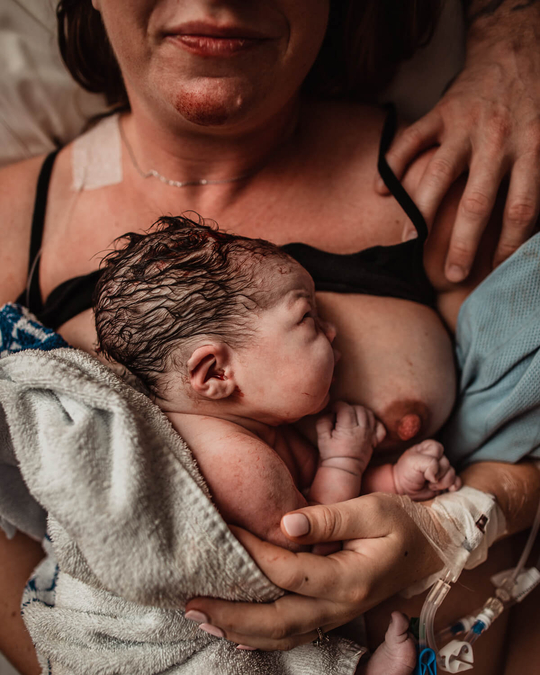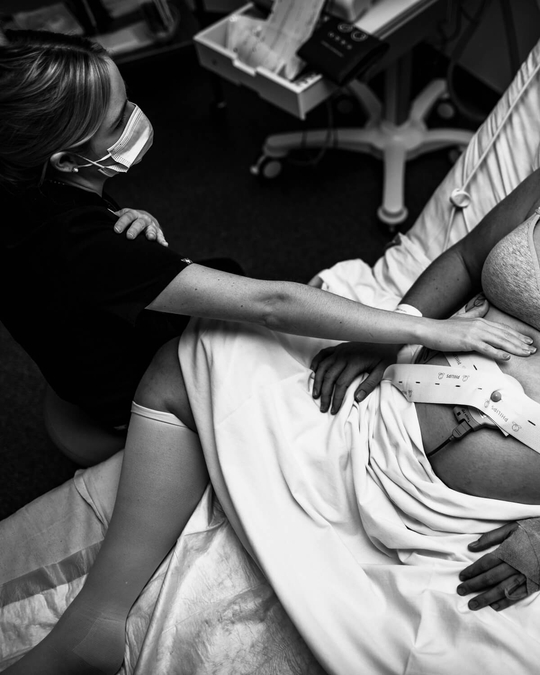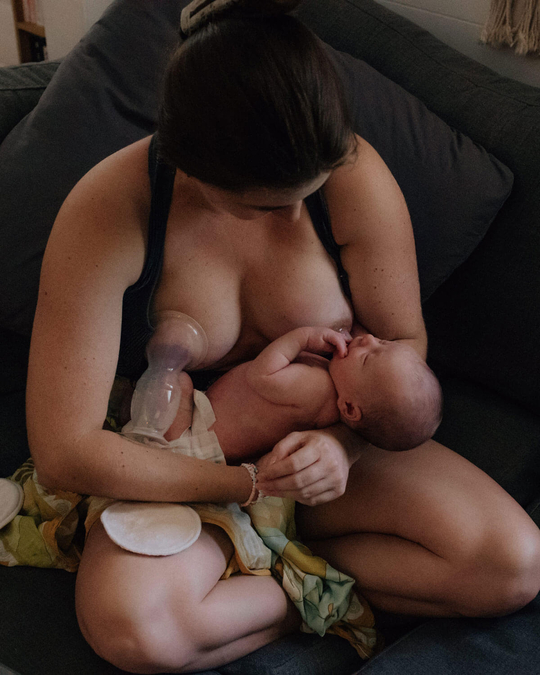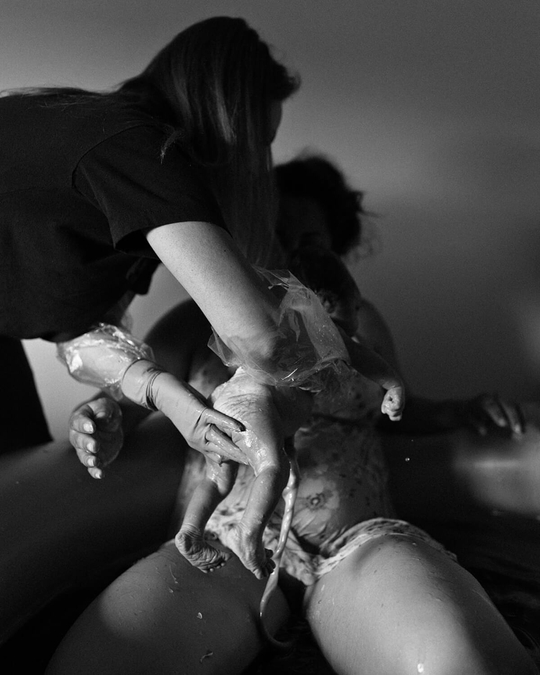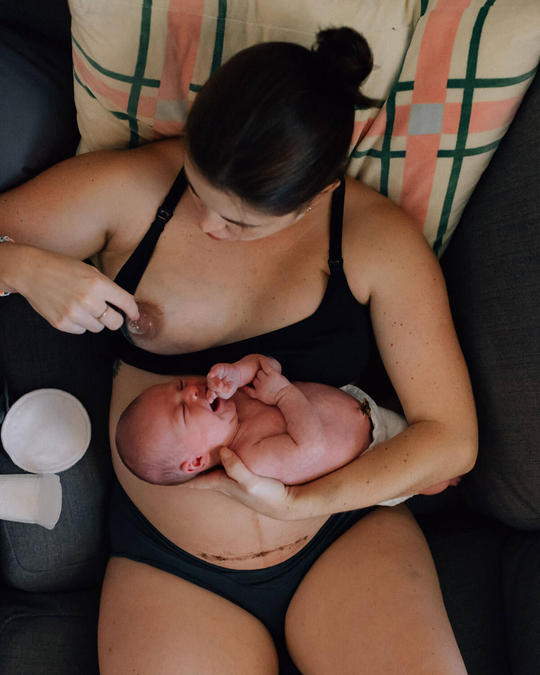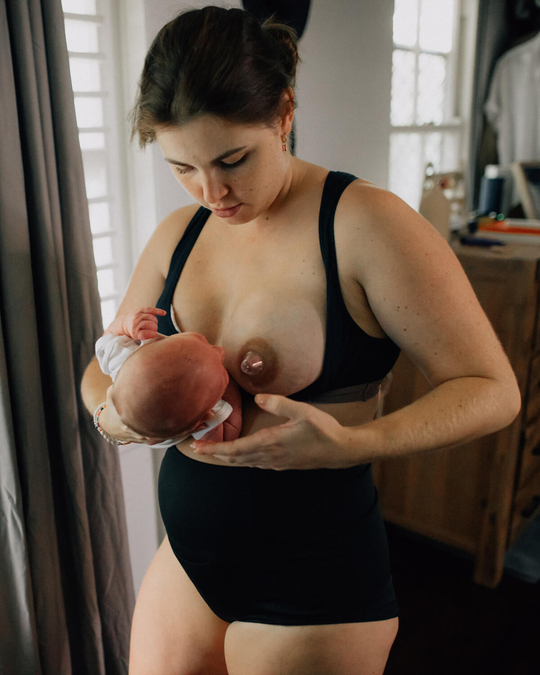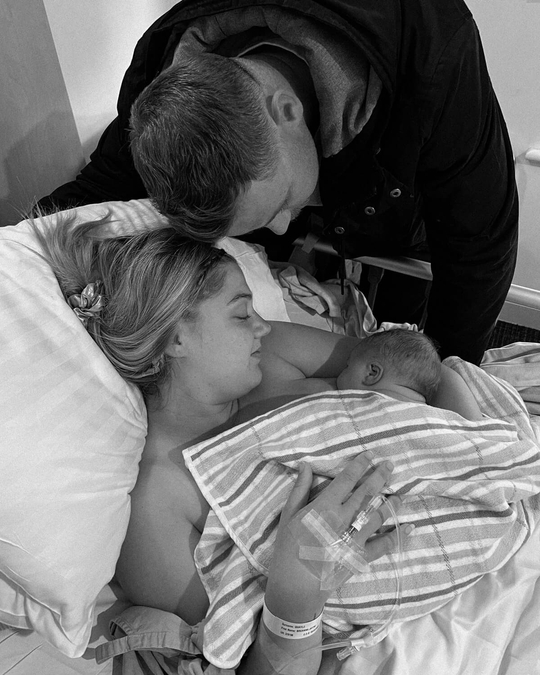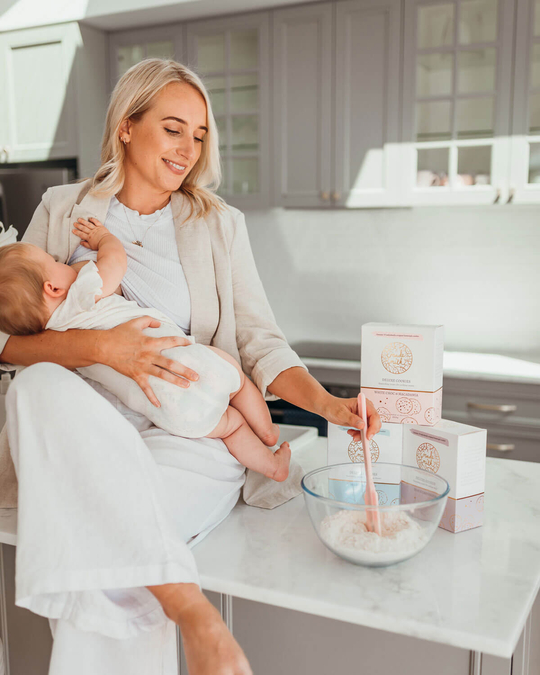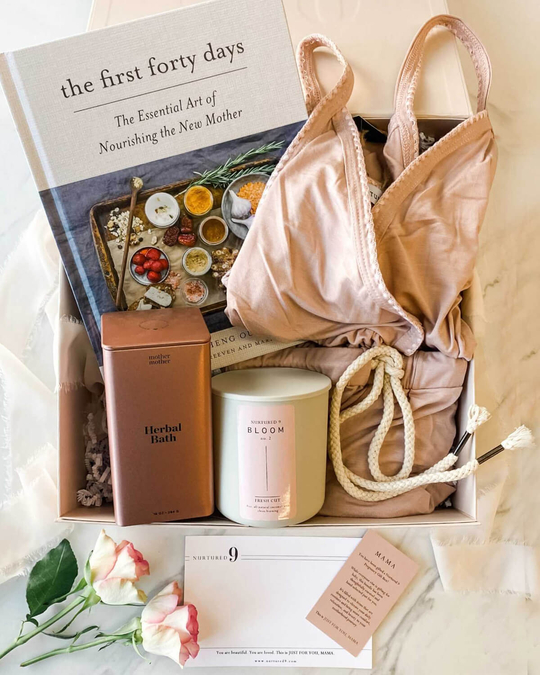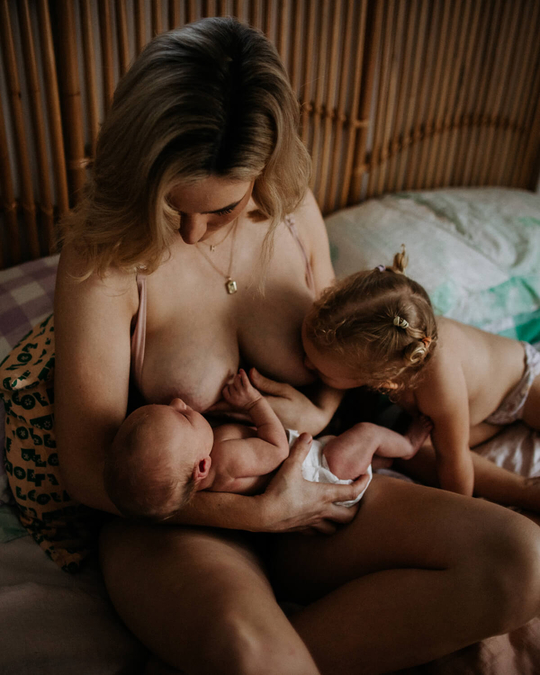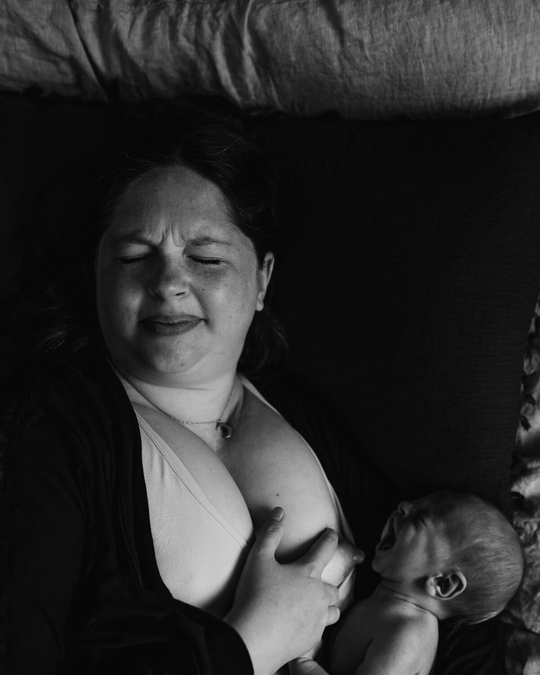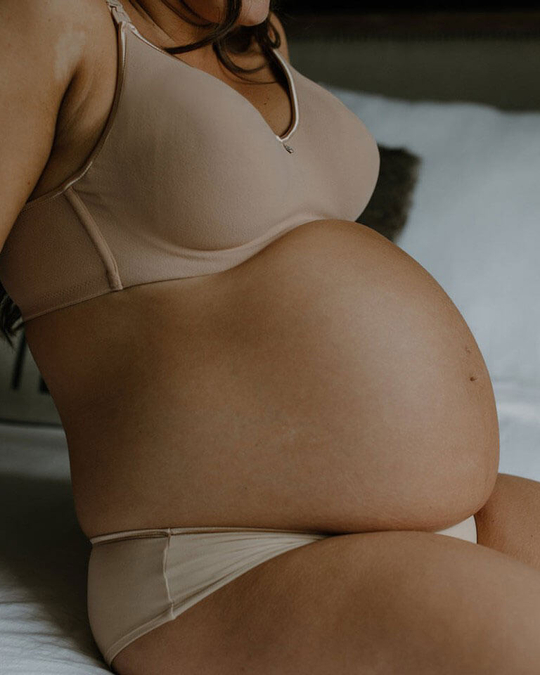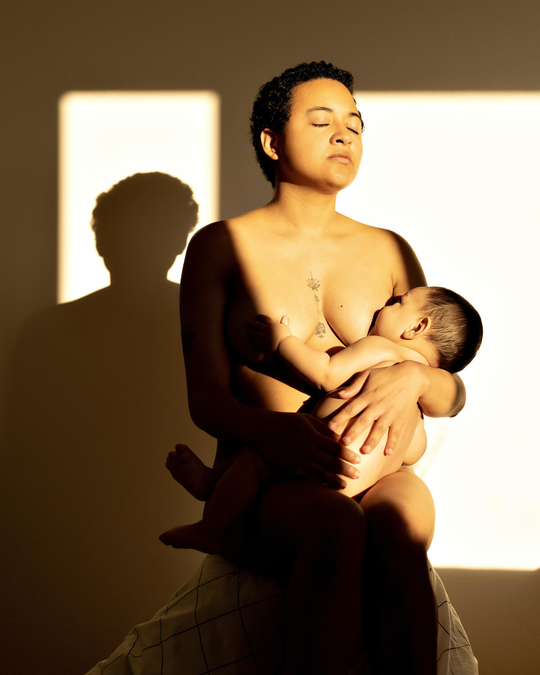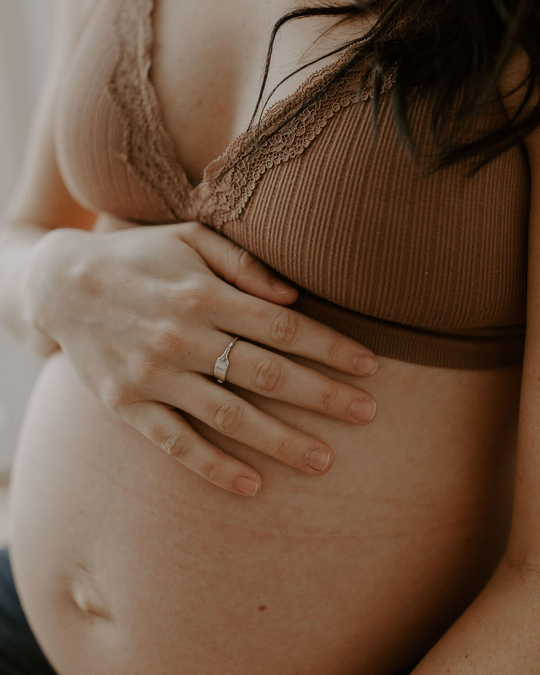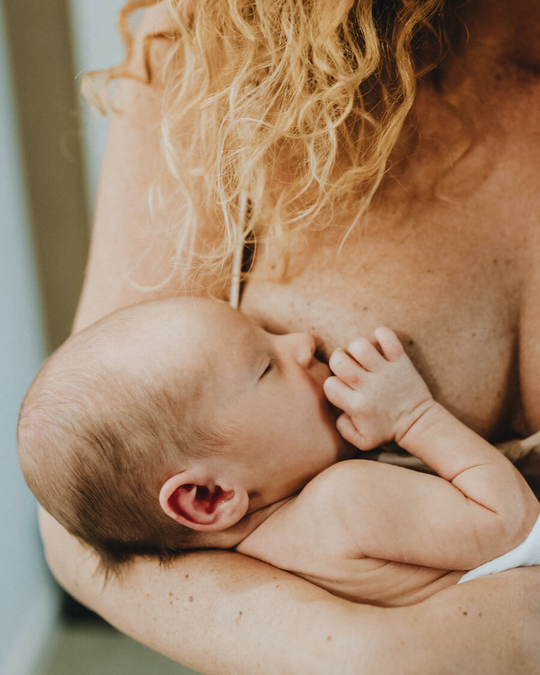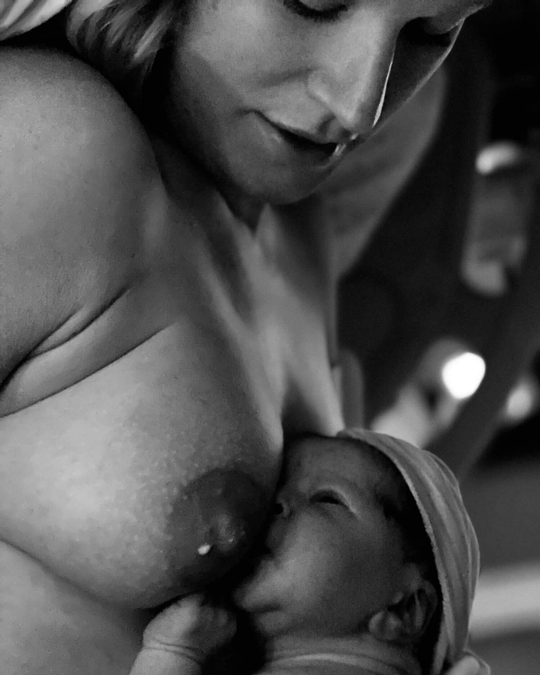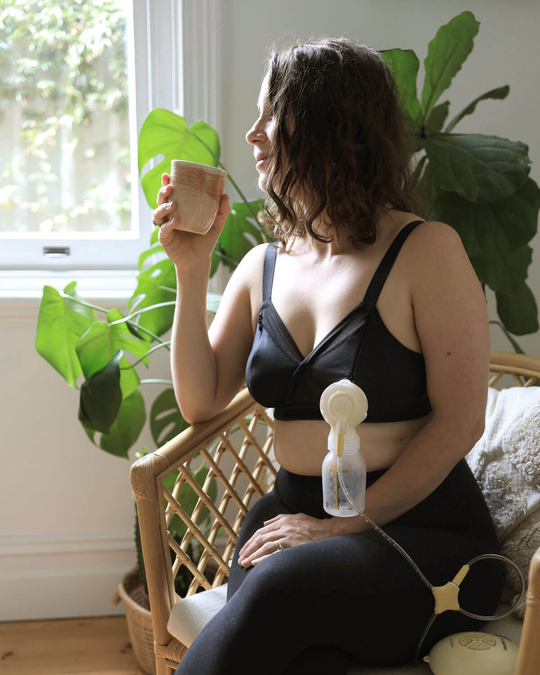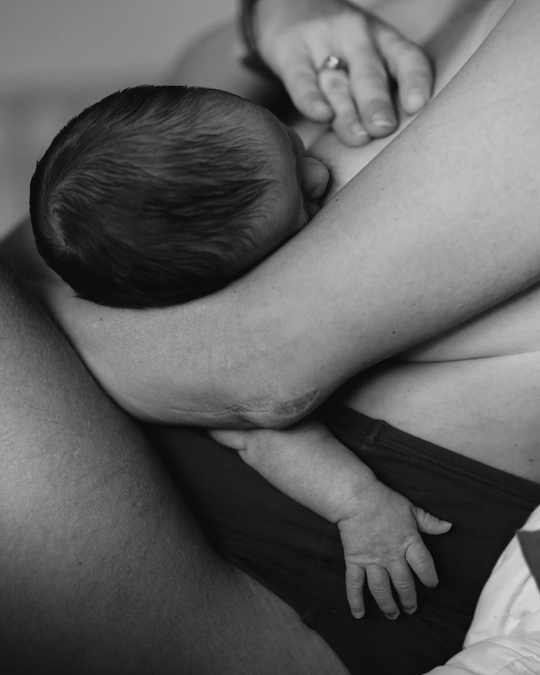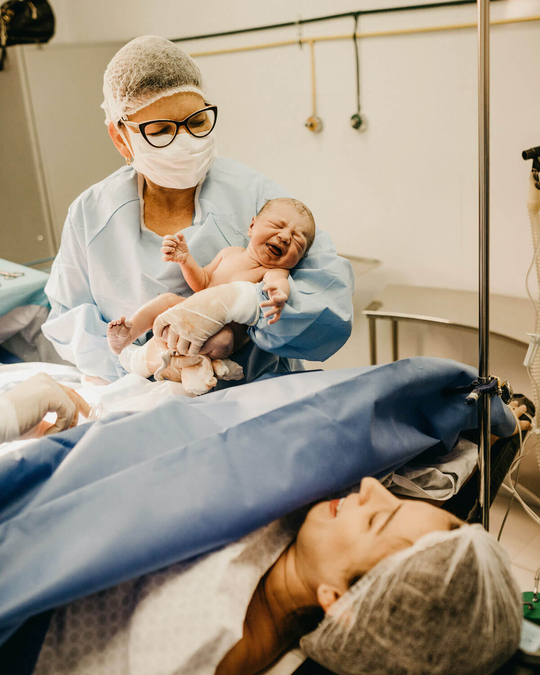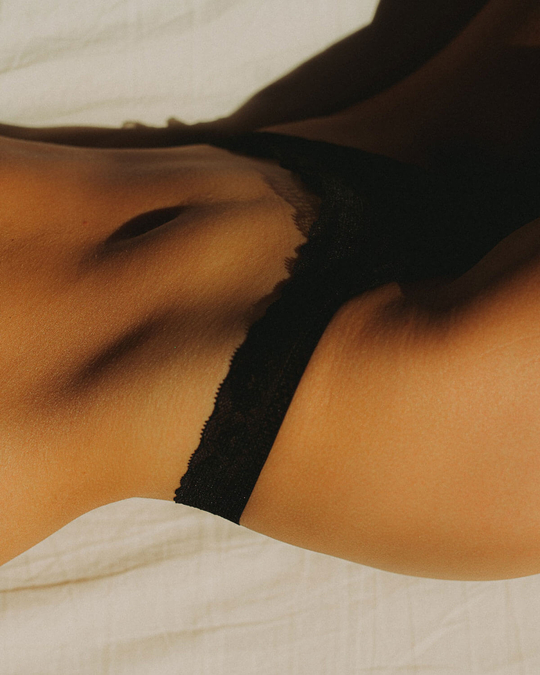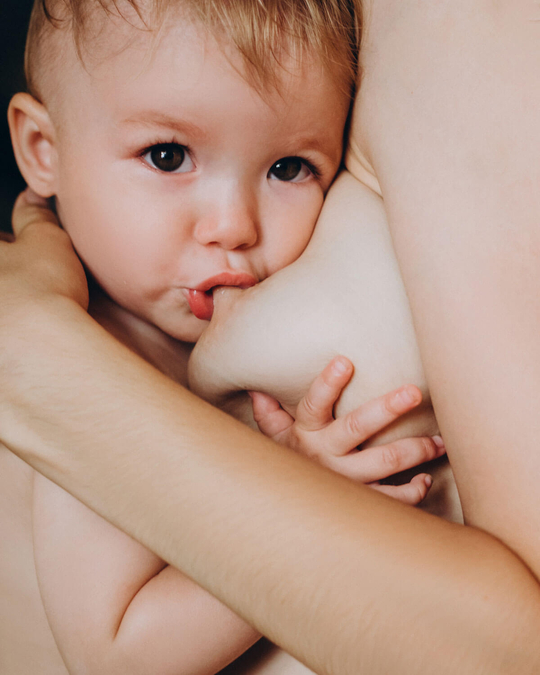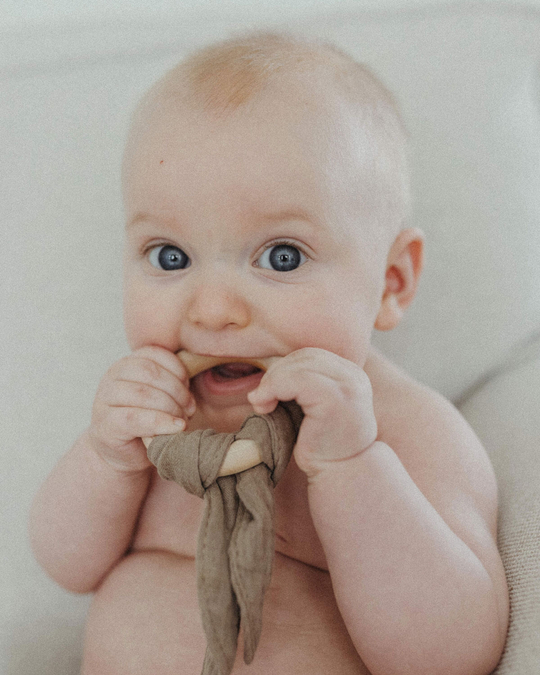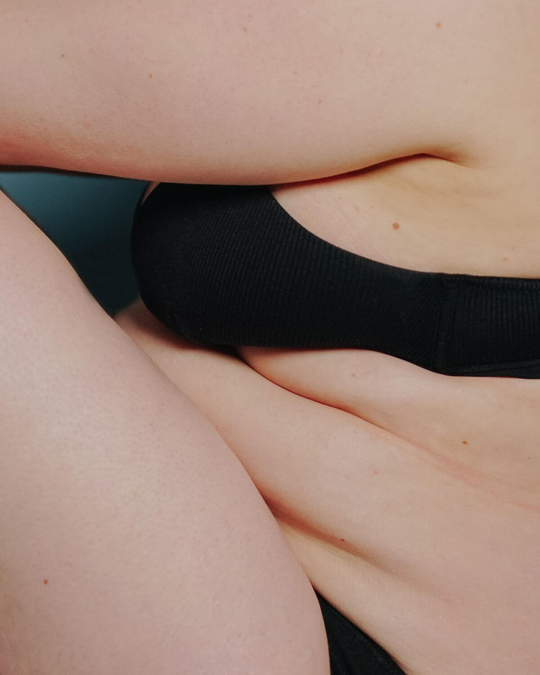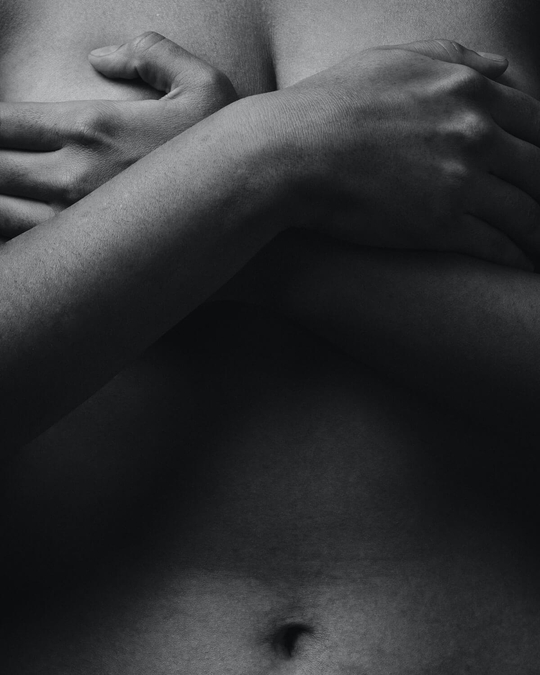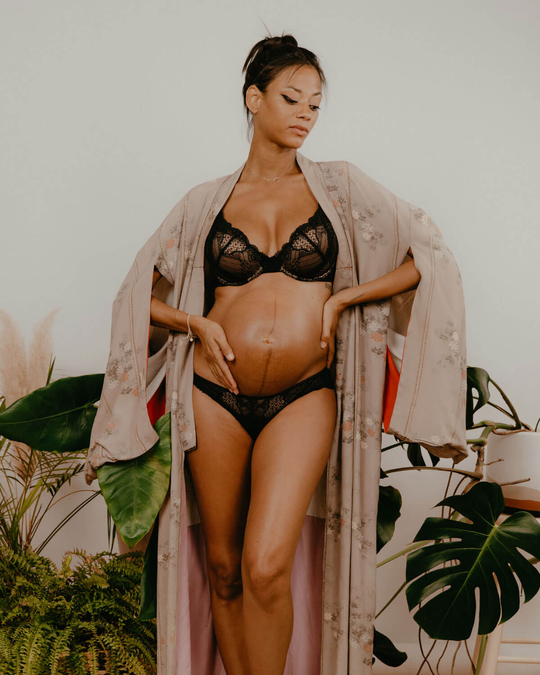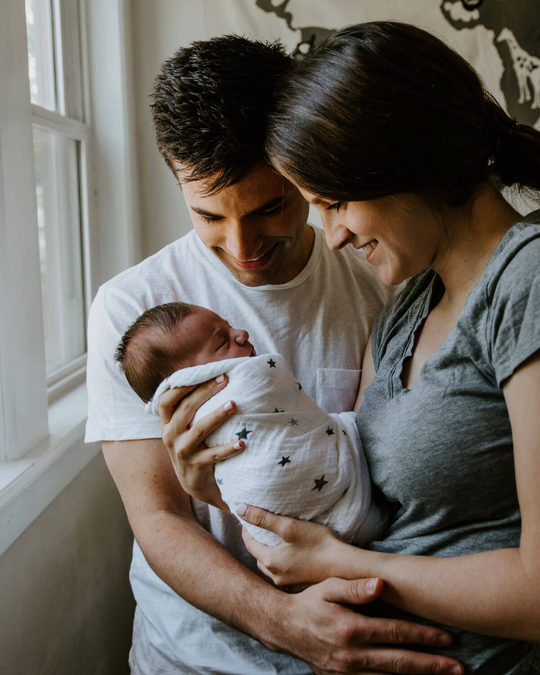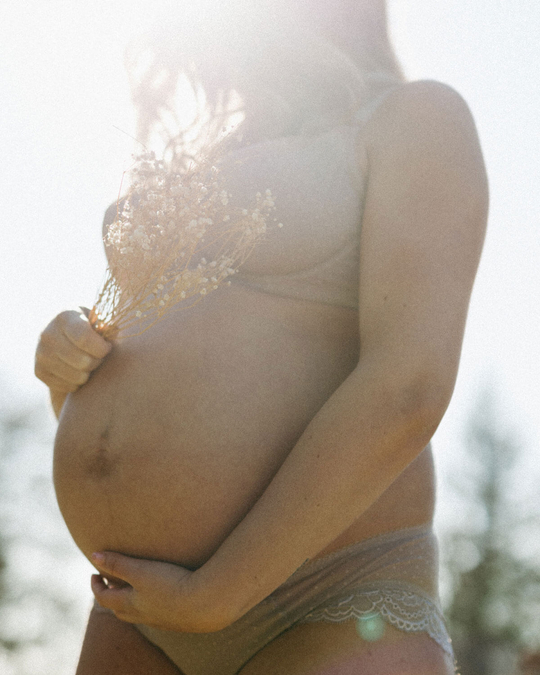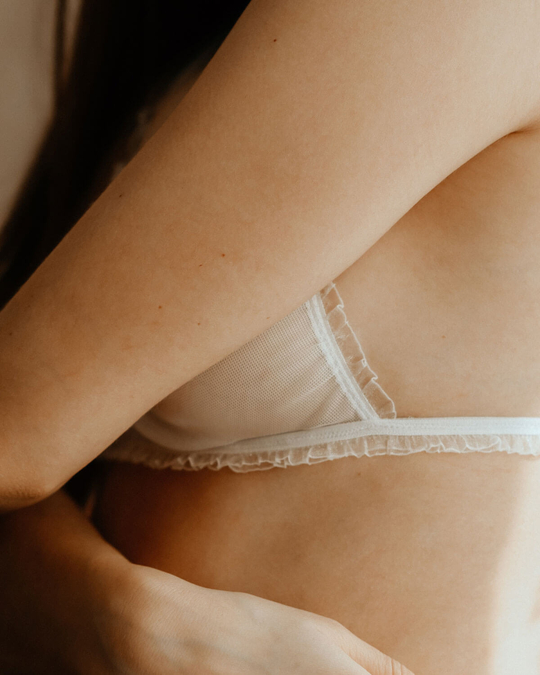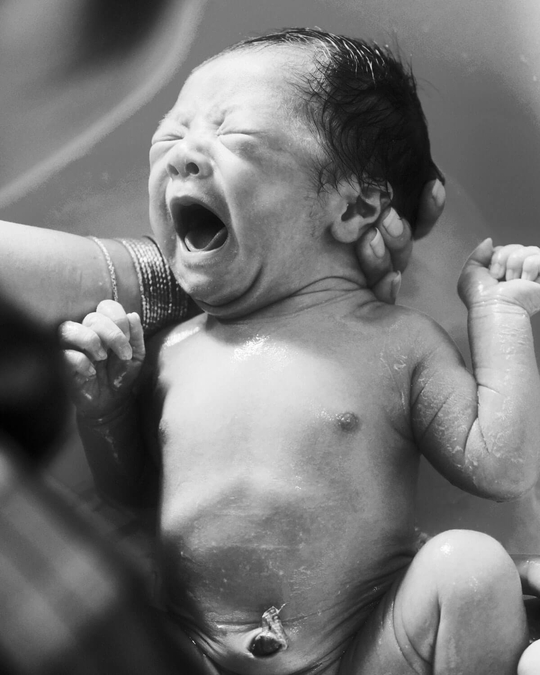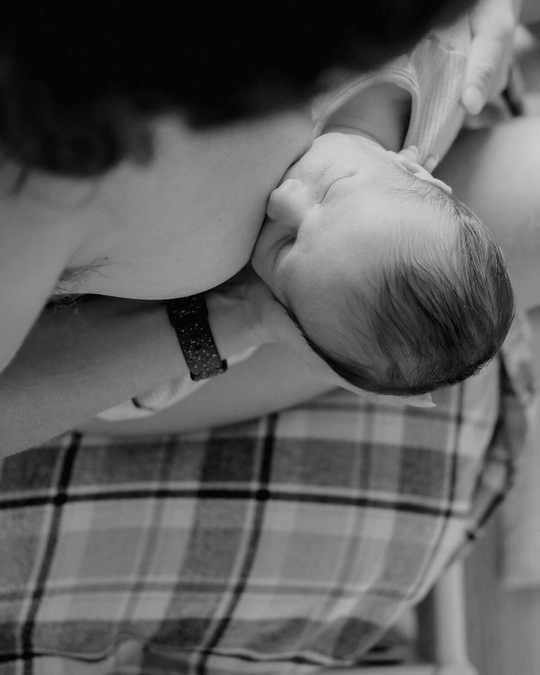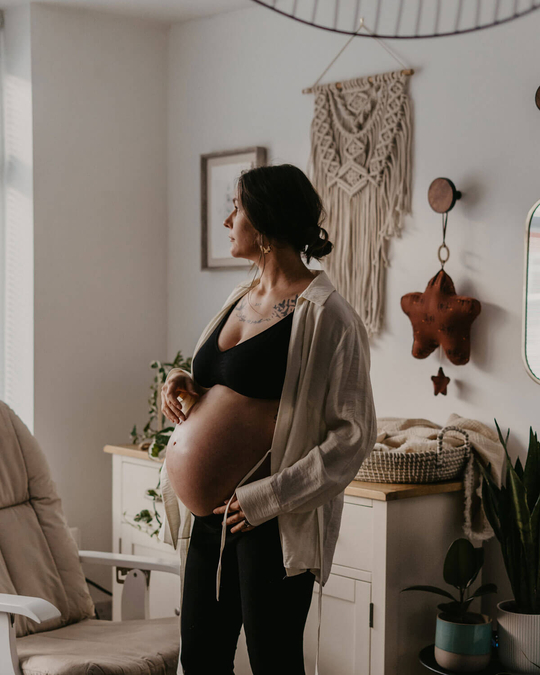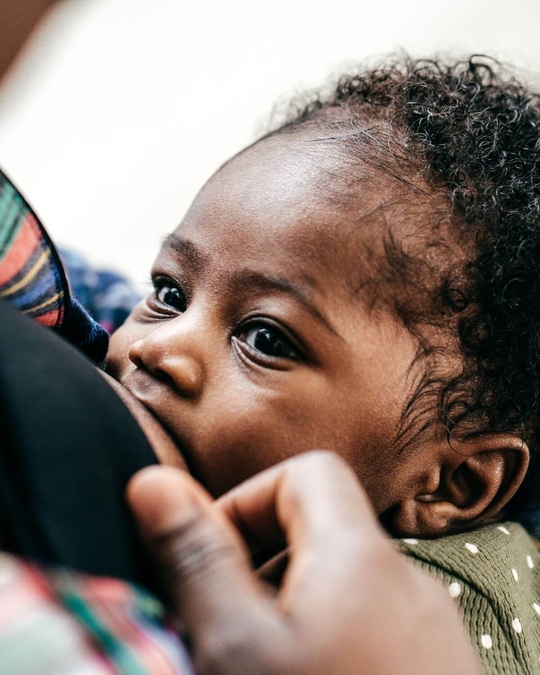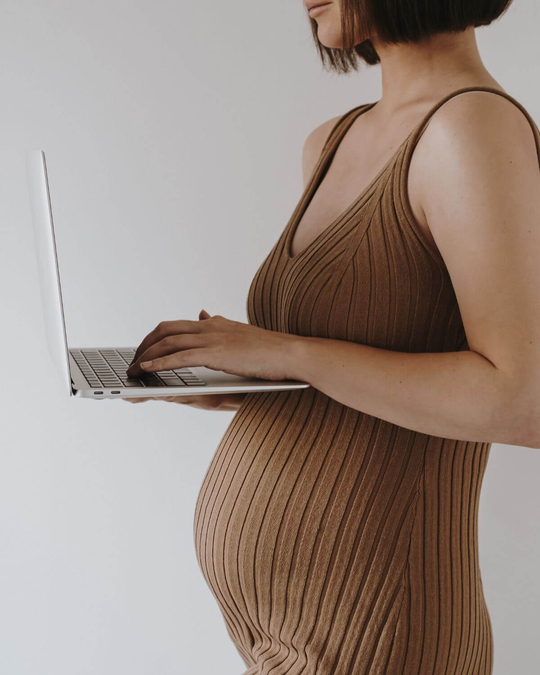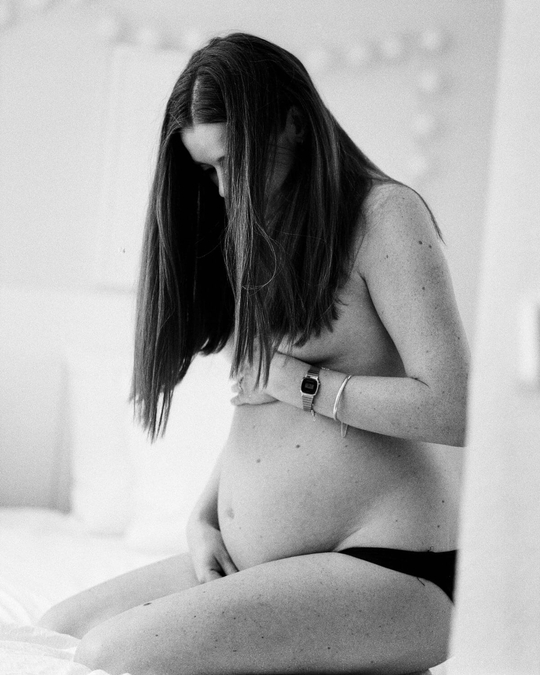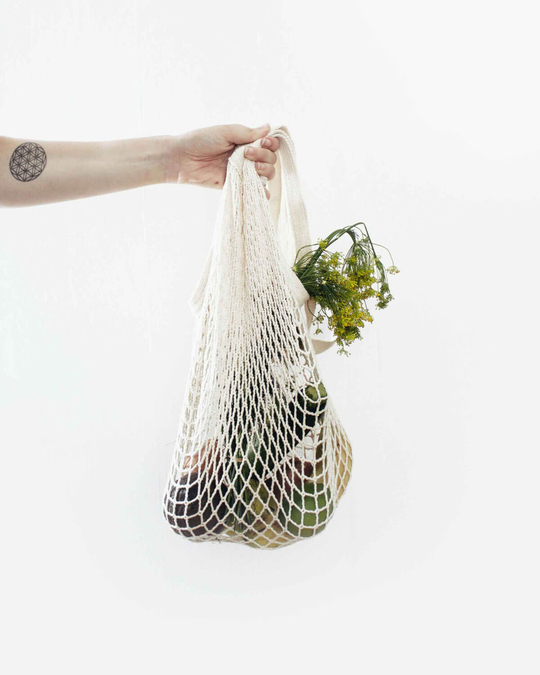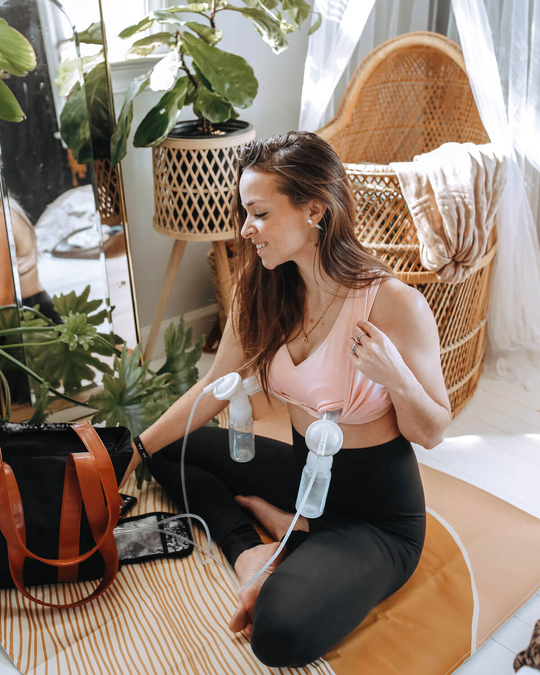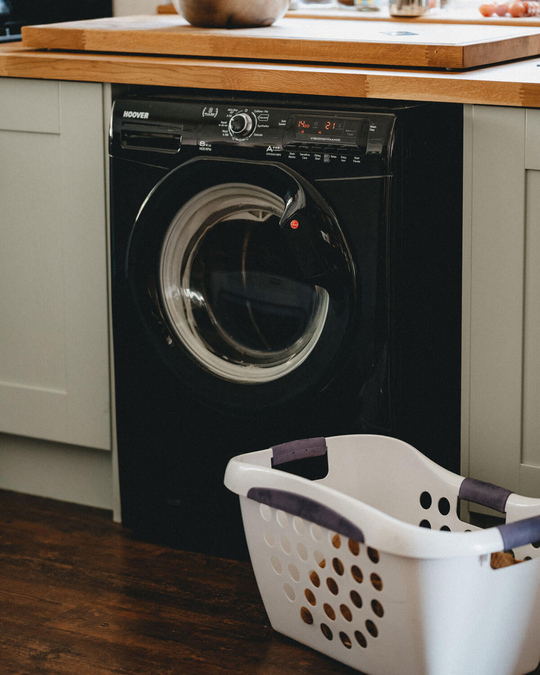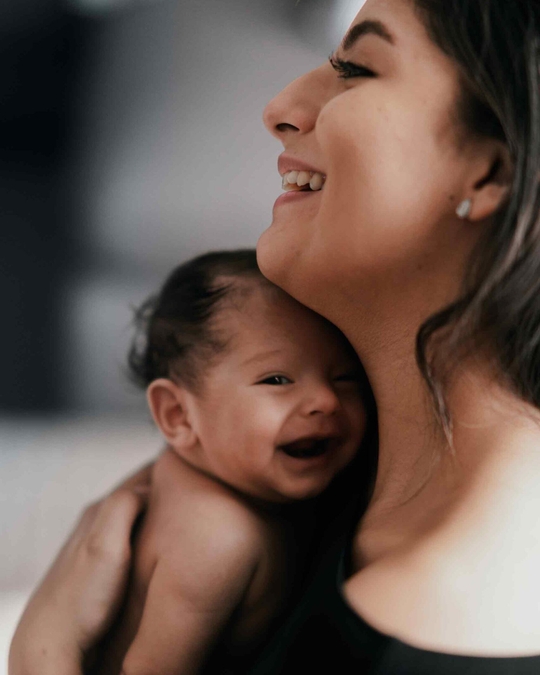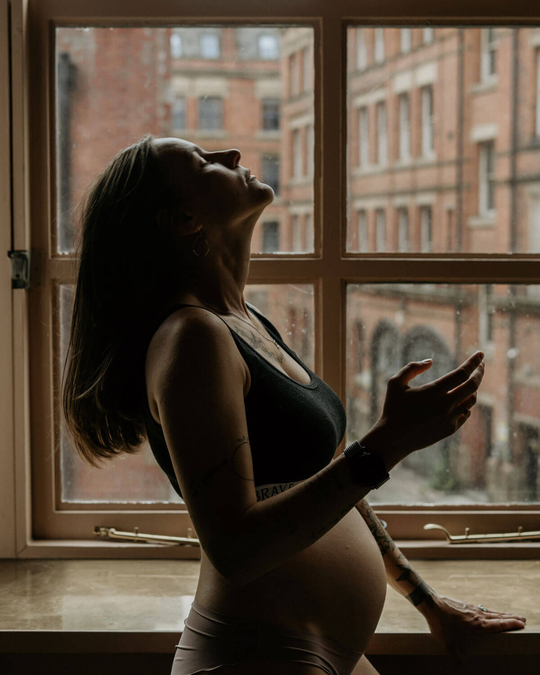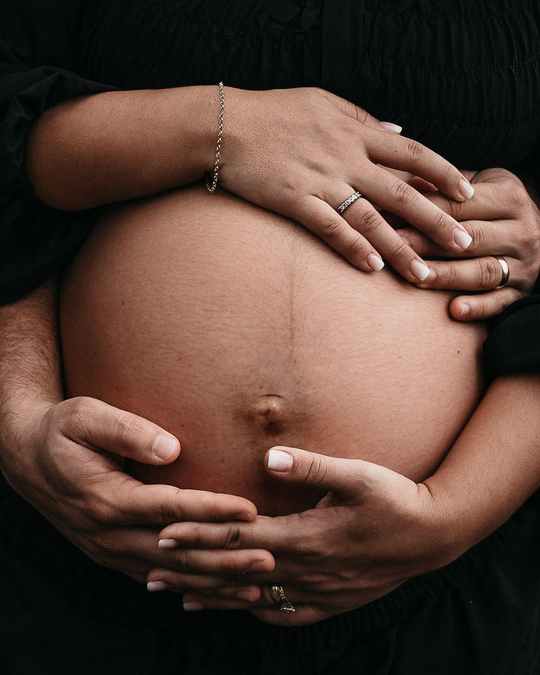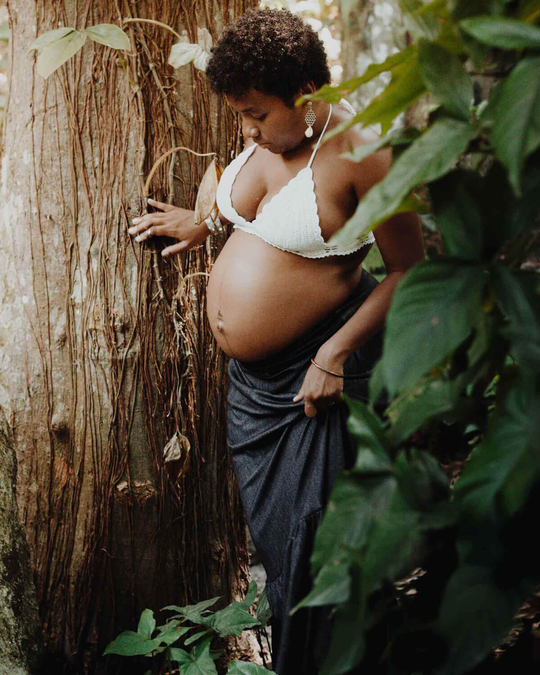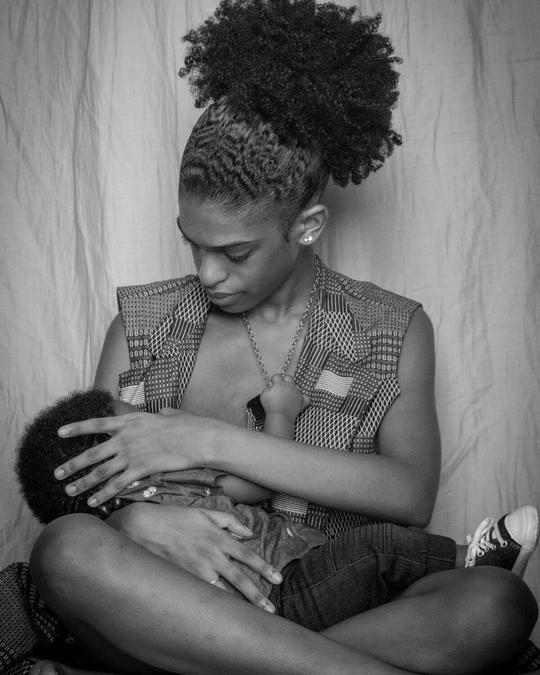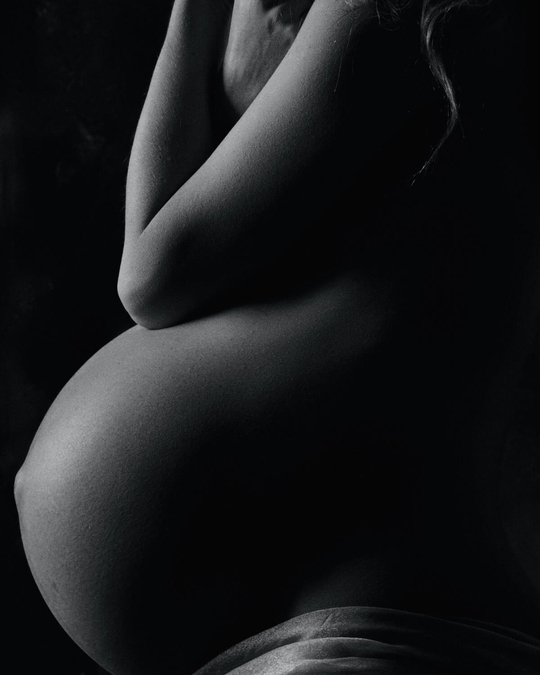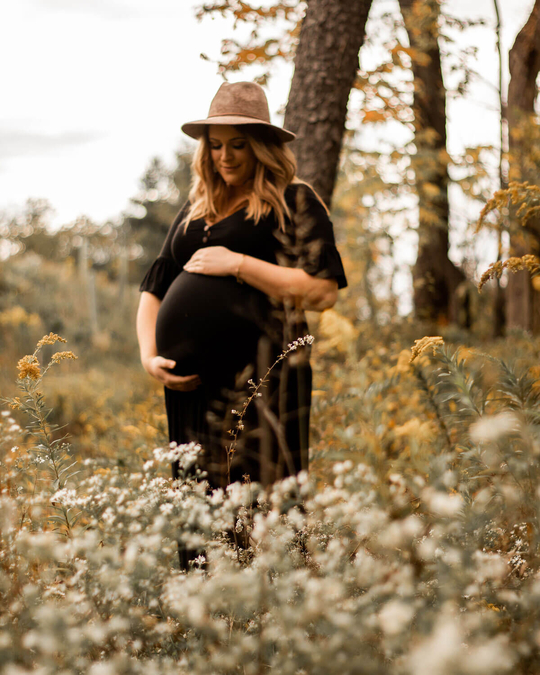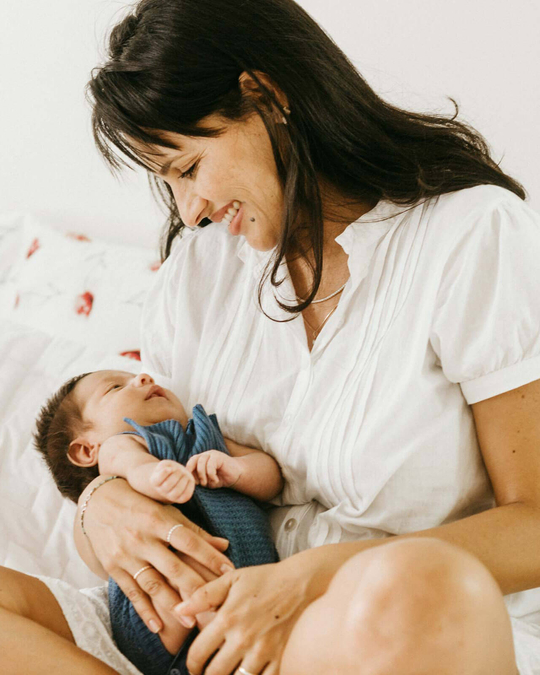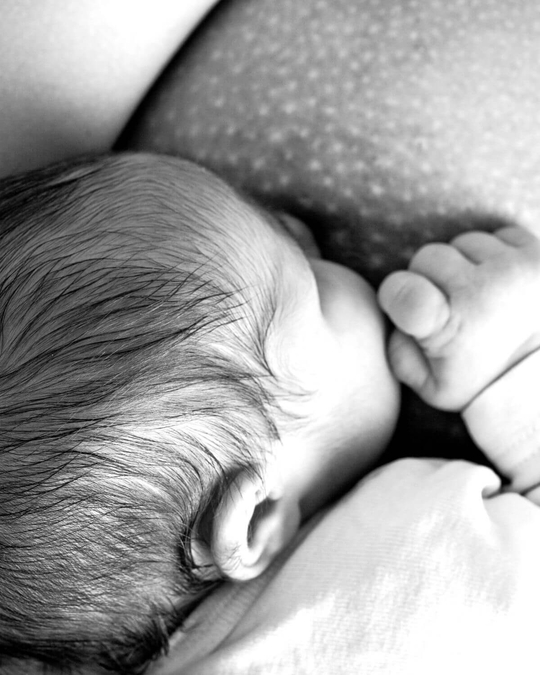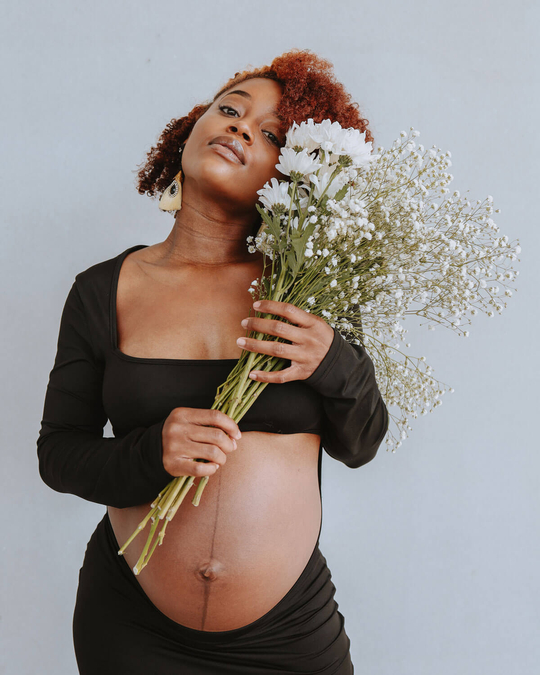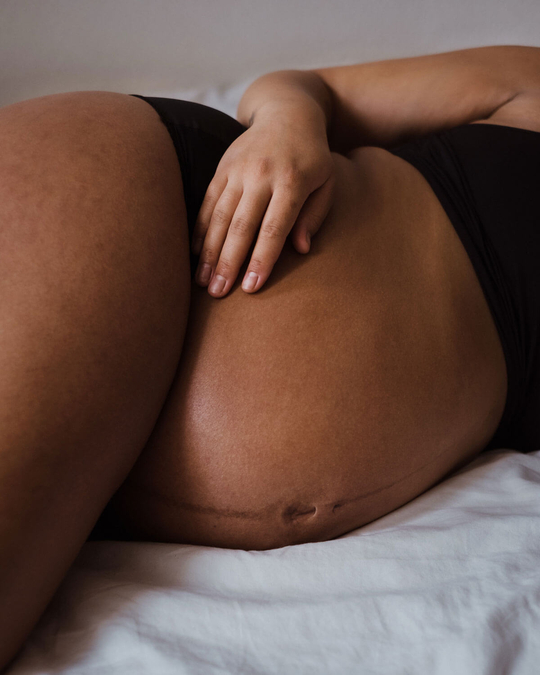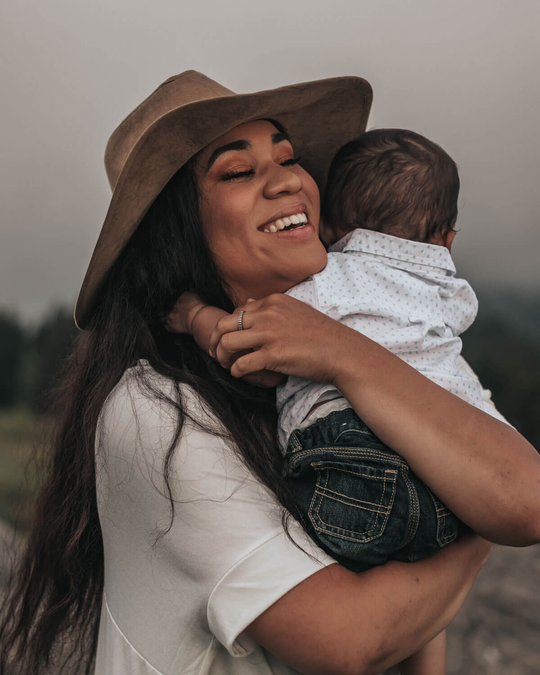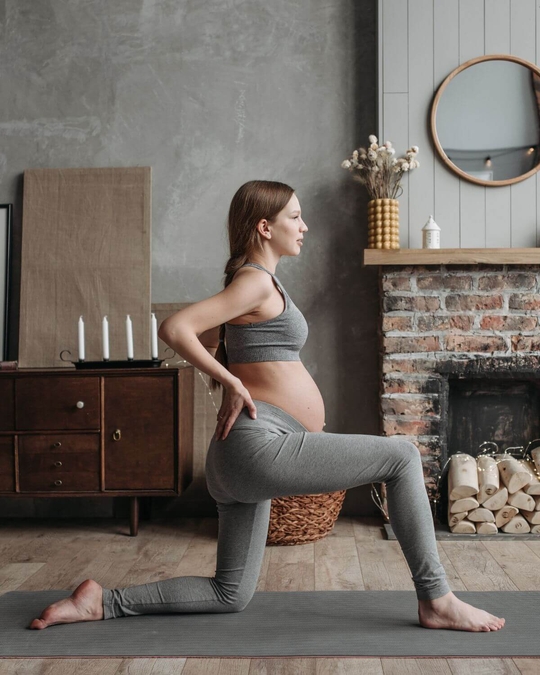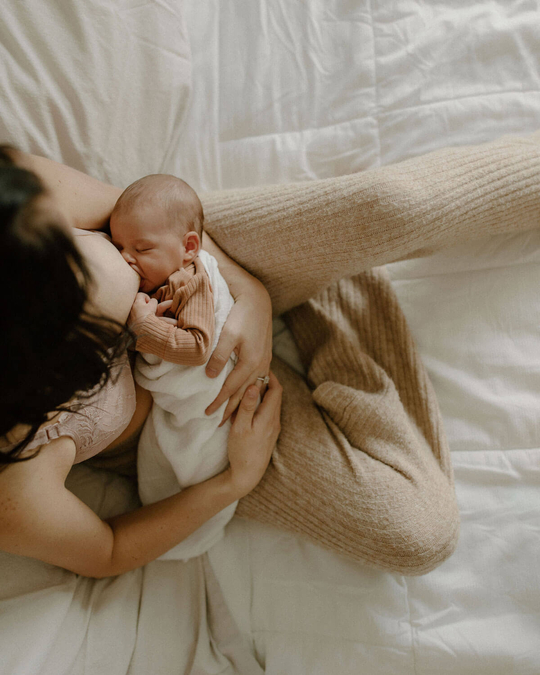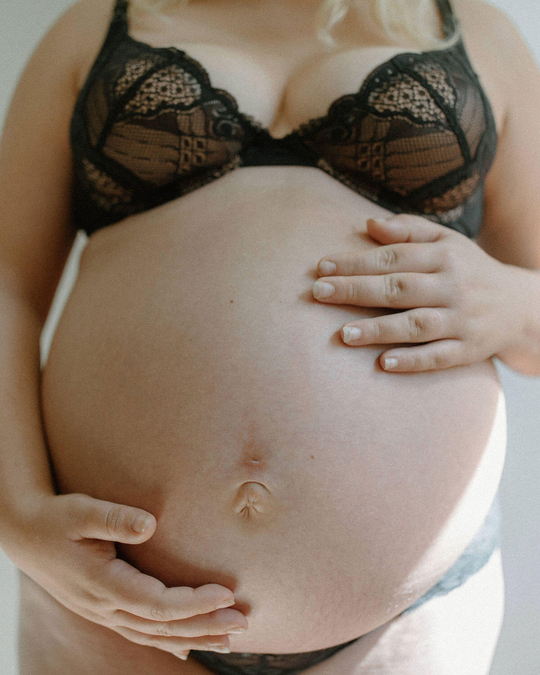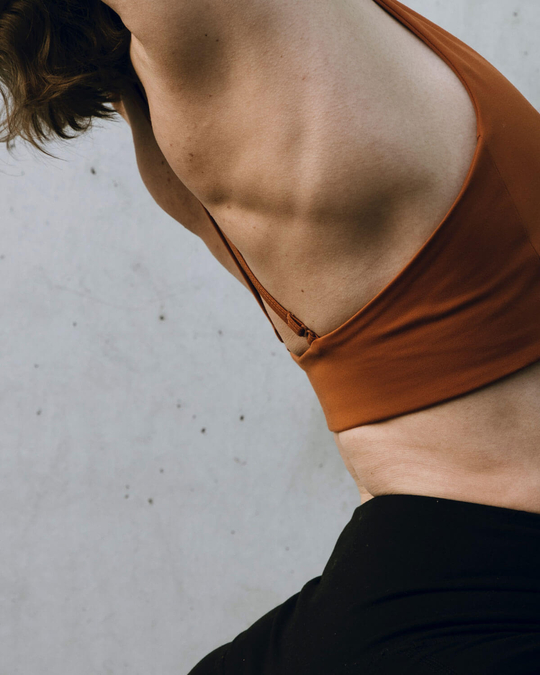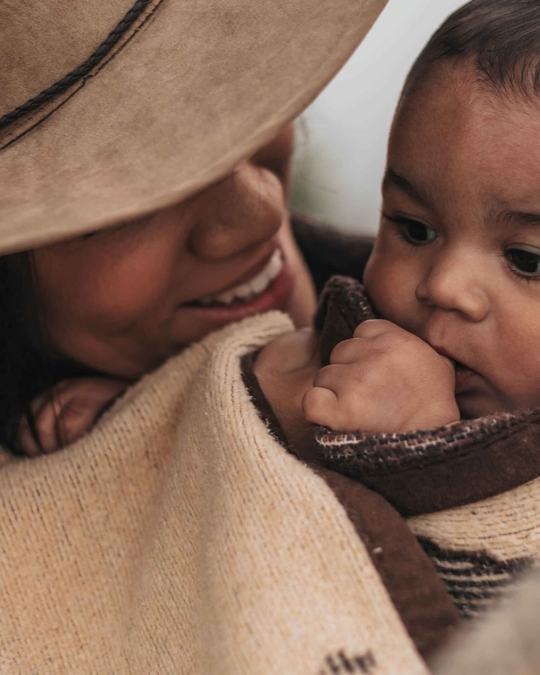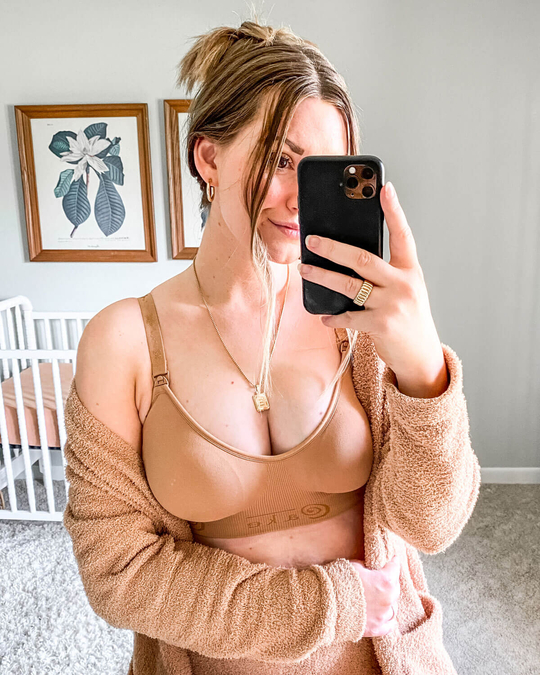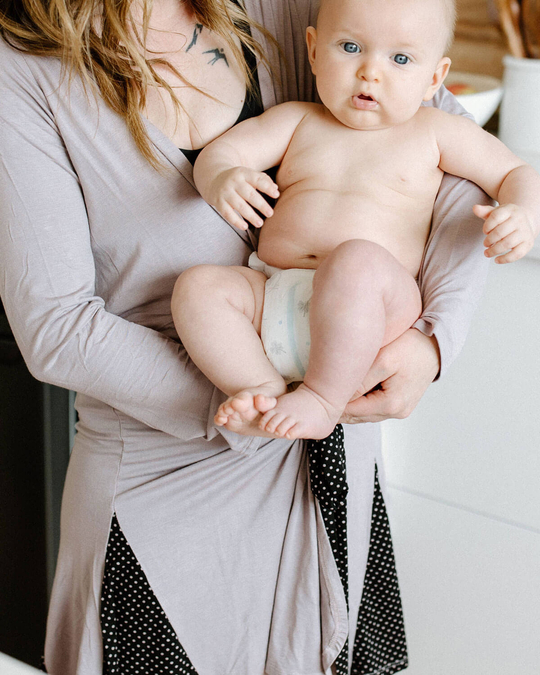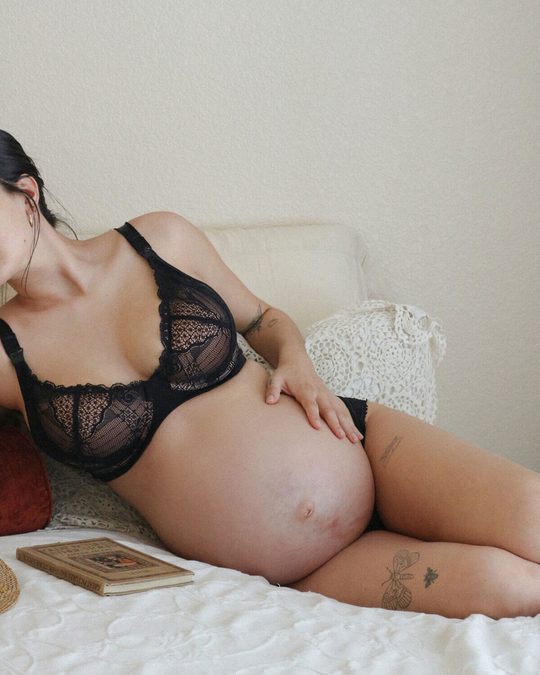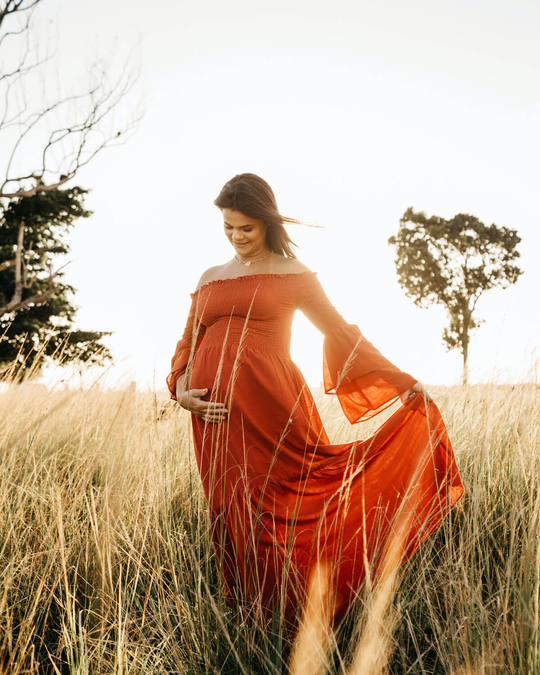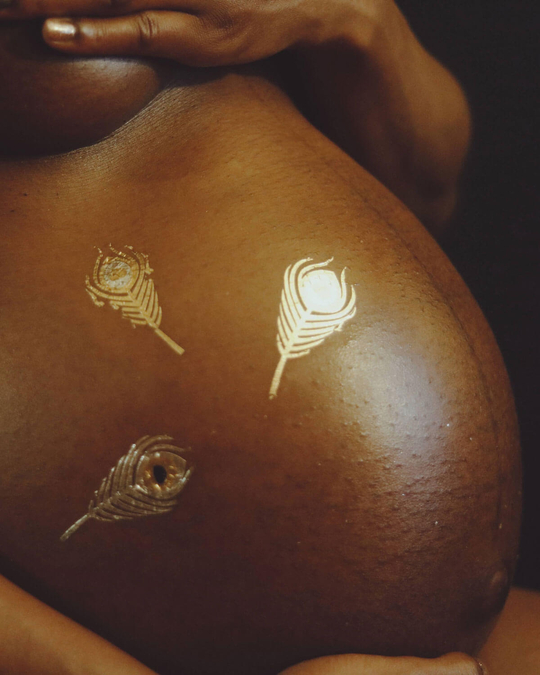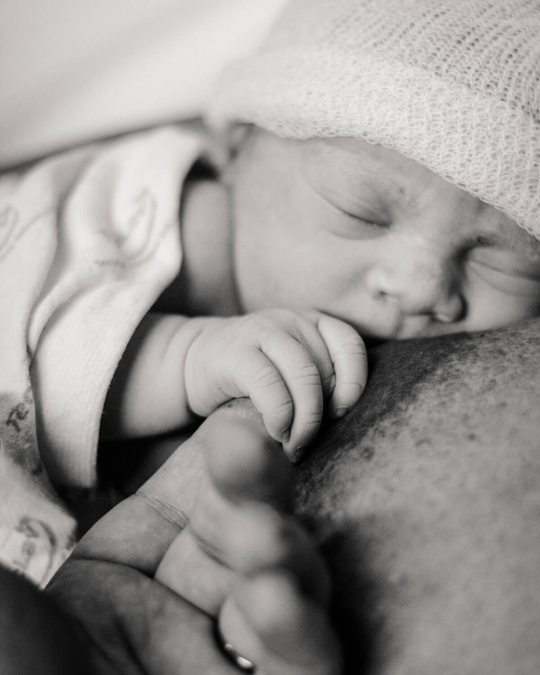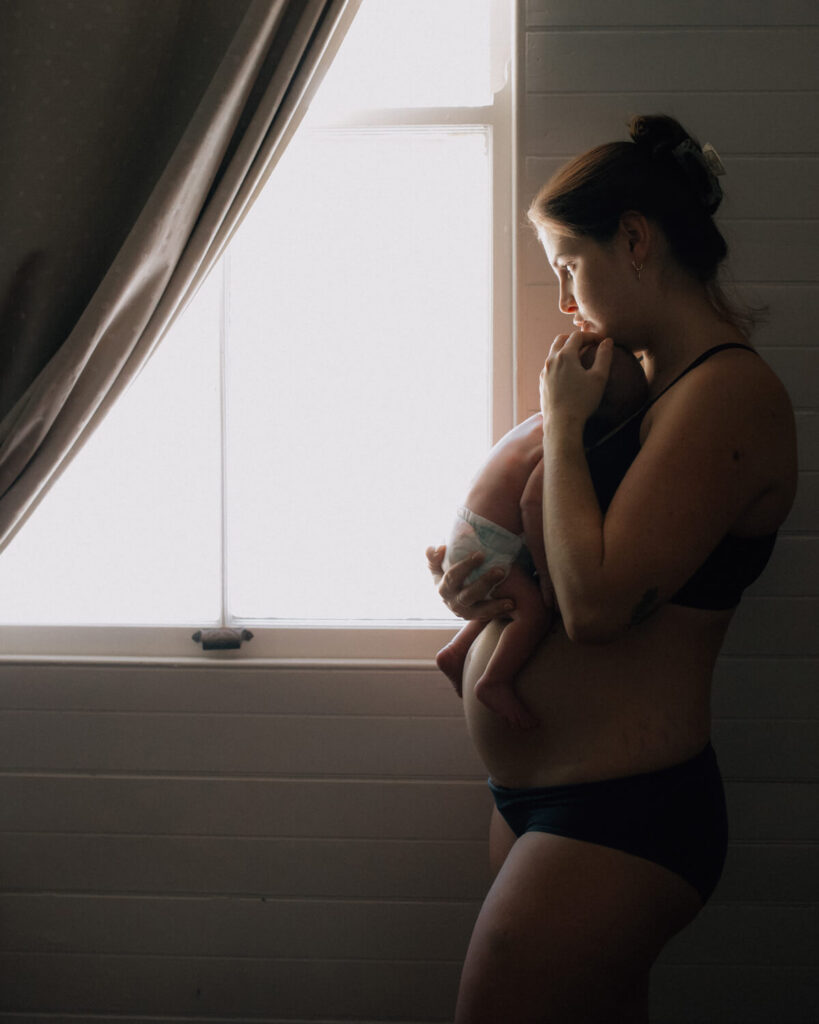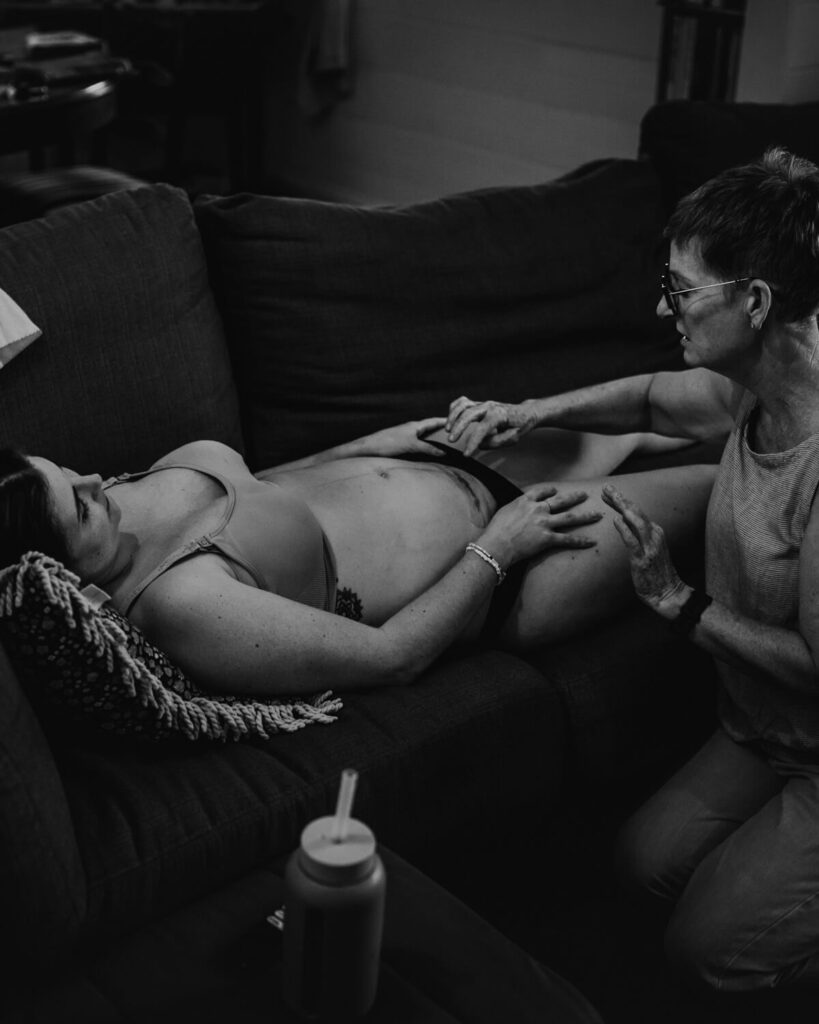We are often asked the question: Is there a difference between a normal every day bra and a maternity bra? And do I really need one?
The short answer is yes and here’s why.
Normal bras
Normal everyday bras come in varying styles, colours, support leaves, comfort levels and price points. The old saying goes you get what you pay for.
The more you pay for a bra the more you expect from it. However, a normal everyday bra is designed for a breast that is less heavy and sensitive. The fabrications used tend to be for fashions sake not for comfort and details such as lace will often be exposed to the skin, exposed seems are often found, single layers of fabric used and inferior elastics and trims, resulting in a bra that will not function well during pregnancy and or breastfeeding.
Maternity bras
The designs and fabrications used to construct a maternity bra are selected for maximum support, good coverage and comfort for all daywear.
It is during pregnancy that you will experience your first rapid increase in breast growth. Some women will experience an increase of up to 3-cup sizes with their breasts becoming larger, heavier and much more sensitive.
We recommend getting fitted for your first maternity bra as soon as your normal bra starts to feel uncomfortable. Opt for a seamless maternity bra to start with. This will help to nurture you through a rapid growth stage and will stretch with your changing body.
A cupped sized maternity bra can be purchased and fitted at approx. 3 months of pregnancy you’re your breast growth has stabilized. .
A good maternity bras will contain extra layers of fabric such as cotton to help with support and comfort. The top part of the cup will often be stretchy to accommodate any fluctuation in breast size, the back band will have extra hooks and eyes for expansion as your rib cage expands and will contain good strong adjustable straps.
Nursing bras
Nursing bras are designed a little differently as they have a clasp at the top of the cup that can be released to expose the breast during breastfeeding.
We recommend getting fitted for a nursing bra at 8 months of pregnancy. Once your body has learned to regulate its milk supply this is the size you will most probably return to at approx. 6 weeks post birth.
In the mean time we recommend you wear a specifically designed nursing seamless bra. This bra is not only designed to stretch and support your changing body but will give you all day comfort with the addition of drop down cups for easy discrete feeding.
A good nursing bra is designed to support a very heavy bust and will have reinforced lower cups for added lift and support, strong supportive straps, double layered back band for added support, wide back band for support, extra hooks and eyes for easy adjustment as your ribcage contracts back into place, top cup stretch to accommodate any fluctuation, good cup coverage and will separate and accommodate your breasts without creating a mono boob.

Features include:
Lining
Normal bras are not usually lined in cotton. They are more often than not, not lined at all.
Good maternity bras have cotton-lined cups and internalized seems. The comfort of cotton against the skin is a welcome relief during a time when your breasts are over sensitive and hot. The cotton will give you all day comfort and help to keep you cool.
Top Cup
Normal bras sometimes do not have a stretchy top cup. This can compress and restrict the breast resulting in discomfort and conditions such as mastitis.
Good top cup stretch is provided in all good maternity bras and will allow for small amounts of fluctuation.
Lower Cups
Normal bras are often constructed in single layers of fabrics and rely on heavy under wires to lift the breast.
Good maternity bras use stronger fabrication or infuse multiple layers of fabrics together in the lower cups. This provides lift and greater support for fuller, milk producing breasts.
Bra Frame
Maternity bras have wider bra frame. They are designed to accommodate a changing body shape as the rib cage expands and contracts.
Straps
Normal bra straps are usually thin and not supportive. The front is also usually quite stretchy which does not offer support for extended periods of time.
Good maternity bras have reinforced, stronger straps, which help to ensure the bust is held in the correct position. Strong straps are less likely to stretch out of place, which helps to increase the life expectancy of the bra.
Hooks and Eyes
Normal bras have few hooks and eyes on the back. In some cases they contain only a single row of just 3 hooks.
Good maternity bras have six (6) rows of hooks and eyes to allow for expansion of the back band as the body changes shape. Good maternity bras will also use nickel free hoops and sliders to avoid allergy or irritation to the wearer.
As you can now see, not all bras are created equal. Investing in a few good maternity/nursing bras is a solid investment and will provide you with on going support, comfort and necessary function.
It is important to note however, that maternity and nursing bras are hard working. Depending on how many bras you own and how often you were it, you should expect to replace your bra after 6 months of wear.







